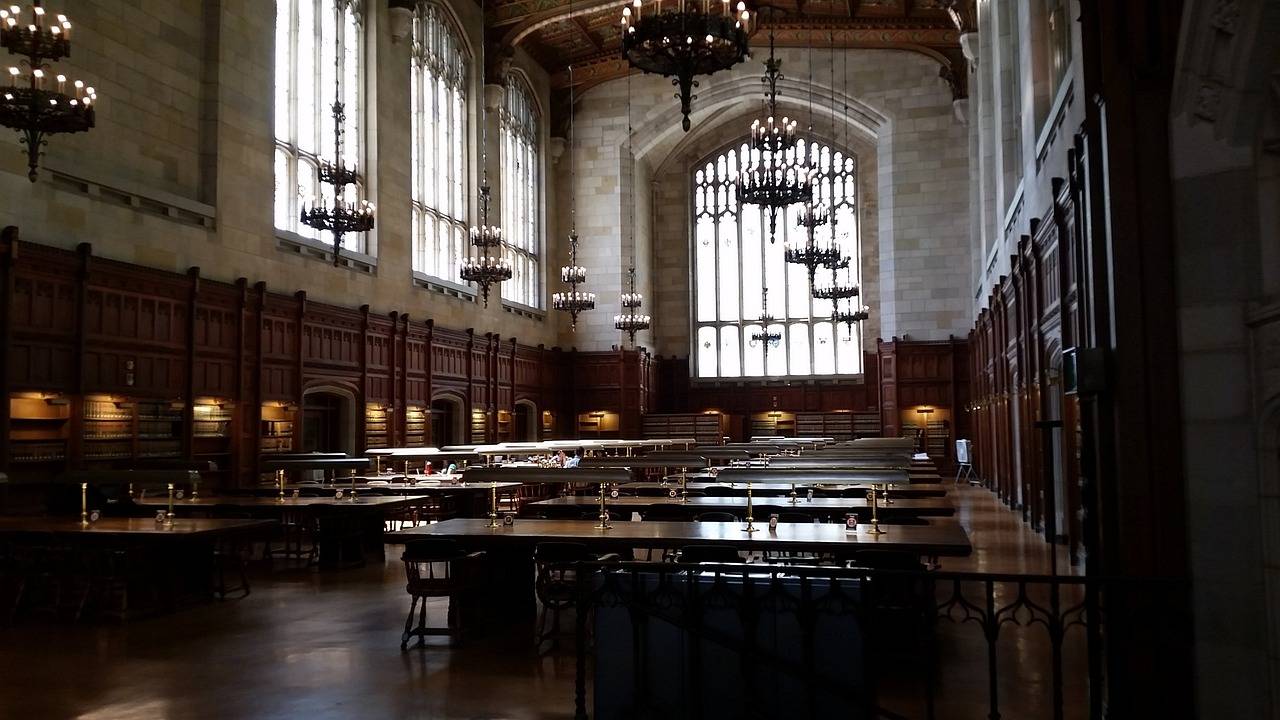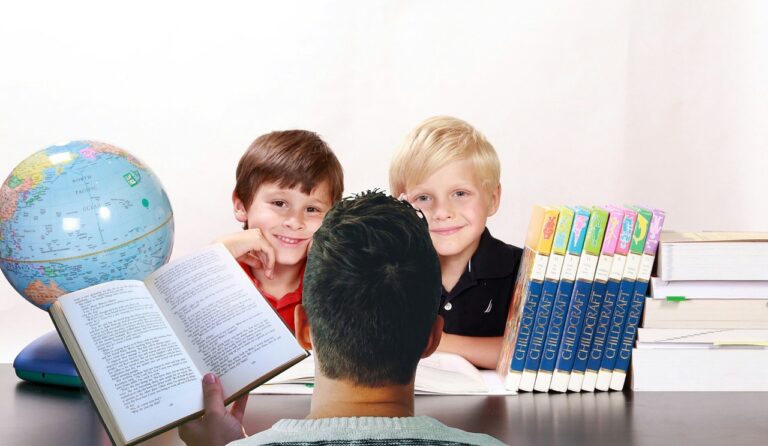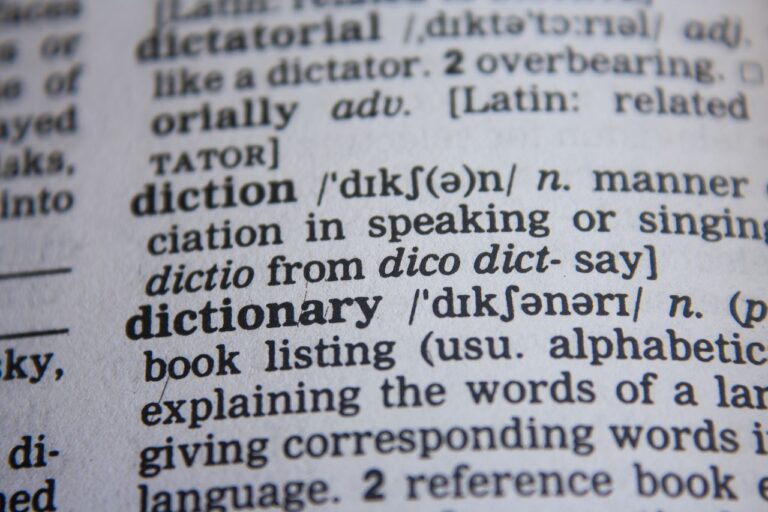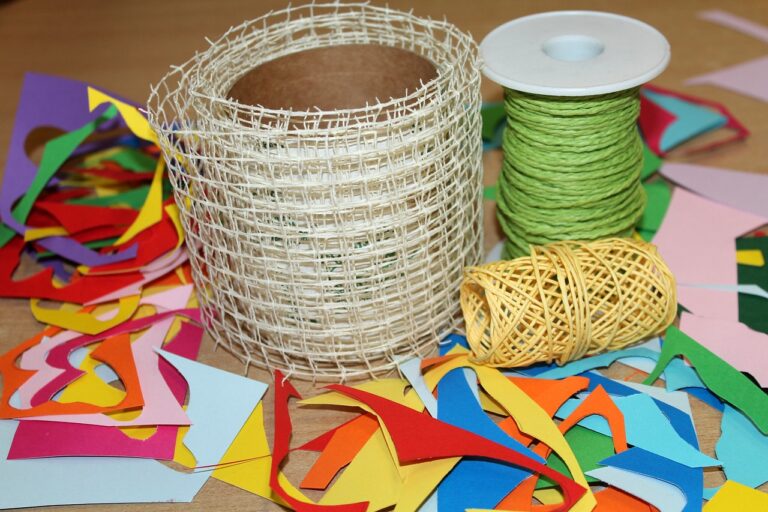Education and 3D Printing: Creating Hands-On Learning Experiences
Incorporating 3D printing in education offers numerous advantages that can enhance students’ learning experiences. One key benefit is the opportunity for hands-on, interactive learning that promotes creativity and problem-solving skills. Students can design and create their own 3D models, allowing them to take a more active role in their education and fostering a deeper understanding of complex concepts.
Additionally, 3D printing can help students visualize abstract ideas and make connections between theory and practical applications. By bringing digital designs to life in physical form, students can better grasp spatial relationships and physical properties. This hands-on approach not only makes learning more engaging and fun but also prepares students for the increasingly digital and technology-driven world they will enter upon graduation.
Ways to Integrate 3D Printing into Various Subjects
Incorporating 3D printing technology in various subjects opens up a world of opportunities for hands-on learning experiences. In science classes, students can create models of molecules or the solar system to better understand complex concepts. In history classes, they can design replicas of artifacts or historical figures to bring the past to life. Additionally, in math classes, students can visualize geometric shapes or create functional objects to apply mathematical principles in a practical manner.
Moreover, in language arts classes, students can design book covers or characters from literature to enhance their understanding of the text. In art classes, 3D printing can be used to bring students’ creative visions to life, allowing them to explore different art mediums beyond traditional methods. By integrating 3D printing into various subjects, educators can engage students in a hands-on, interactive learning process that fosters creativity, critical thinking, and problem-solving skills.
Examples of Hands-On Learning Experiences with 3D Printing
One example of a hands-on learning experience with 3D printing is in the field of science. Students can design and print models of complex structures such as molecules or cells to better understand biological processes or chemical reactions. By physically creating these models, students not only improve their comprehension of abstract concepts but also enhance their spatial awareness and problem-solving skills.
In the realm of history and social studies, 3D printing can bring historical artifacts and monuments to life. Students can recreate ancient artifacts, famous landmarks, or even historical figures to study and interact with. This type of hands-on experience enables students to engage with history in a tangible way, fostering a deeper connection and understanding of the past.
What are the benefits of incorporating 3D printing in education?
There are several benefits to incorporating 3D printing in education, including promoting creativity, problem-solving skills, and critical thinking. It also helps students to visualize and understand complex concepts in a tangible way.
How can 3D printing be integrated into various subjects?
3D printing can be integrated into various subjects such as science, technology, engineering, arts, and mathematics (STEAM). It can be used to create models for biology or chemistry lessons, prototypes for engineering projects, artistic creations, and much more.
Can you provide some examples of hands-on learning experiences with 3D printing?
Some examples of hands-on learning experiences with 3D printing include designing and printing a custom keychain in a design class, creating a model of a DNA strand for a biology project, or building a scale model of a famous landmark in a history class.





